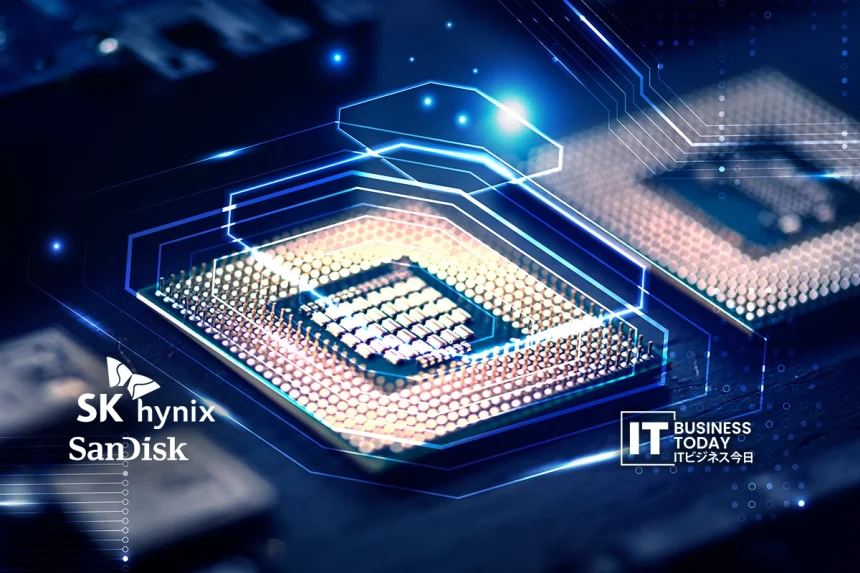SanDisk Corporation, announced that it has signed a memorandum of understanding (MOU) with SK hynix to jointly develop specifications for HBF (High Bandwidth Flash), a next-generation memory technology designed to deliver breakthrough capacity and performance for AI inference workloads.
Under the agreement, both companies will work to standardize the HBF specification, define technical requirements, and foster a technology ecosystem to support its adoption.
“By working with SK hynix to define the HBF specification, we are addressing the critical need for scalable memory in the AI industry,” said Alper Ilkbahar, Executive Vice President and Chief Technology Officer at SanDisk, and a member of the HBF Technical Advisory Board. “This collaboration equips the industry with new tools to drive innovation and meet the exponential data demands of future applications. Together, we can deliver solutions that exceed customer expectations and meet global technology needs.”
Also Read: IQM and TOYO Partner to Expand Quantum Tech in Japan
As AI models grow in size and complexity, inference workloads demand massive bandwidth and significantly higher memory capacities. Targeted at data centers, small enterprises, and edge applications, HBF is designed to match the bandwidth of High Bandwidth Memory (HBM) while offering 8–16 times the capacity at a comparable cost.
HBF leverages SanDisk’s advanced BiCS technology and proprietary CBA wafer bonding. Developed over the past year with input from key AI industry stakeholders, the technology earned the “Best of Show, Most Innovative Technology” award at FMS: The Future of Memory and Storage 2025. First samples are expected in the second half of 2026, with AI inference devices incorporating HBF anticipated in early 2027.
Earlier this year, SanDisk Corporation created a Technical Advisory Board. This board includes both internal and external experts. They will help with the development, strategy, and standardization of HBF. The board will give technical insights and market views. It will also help shape open standards for the technology.







